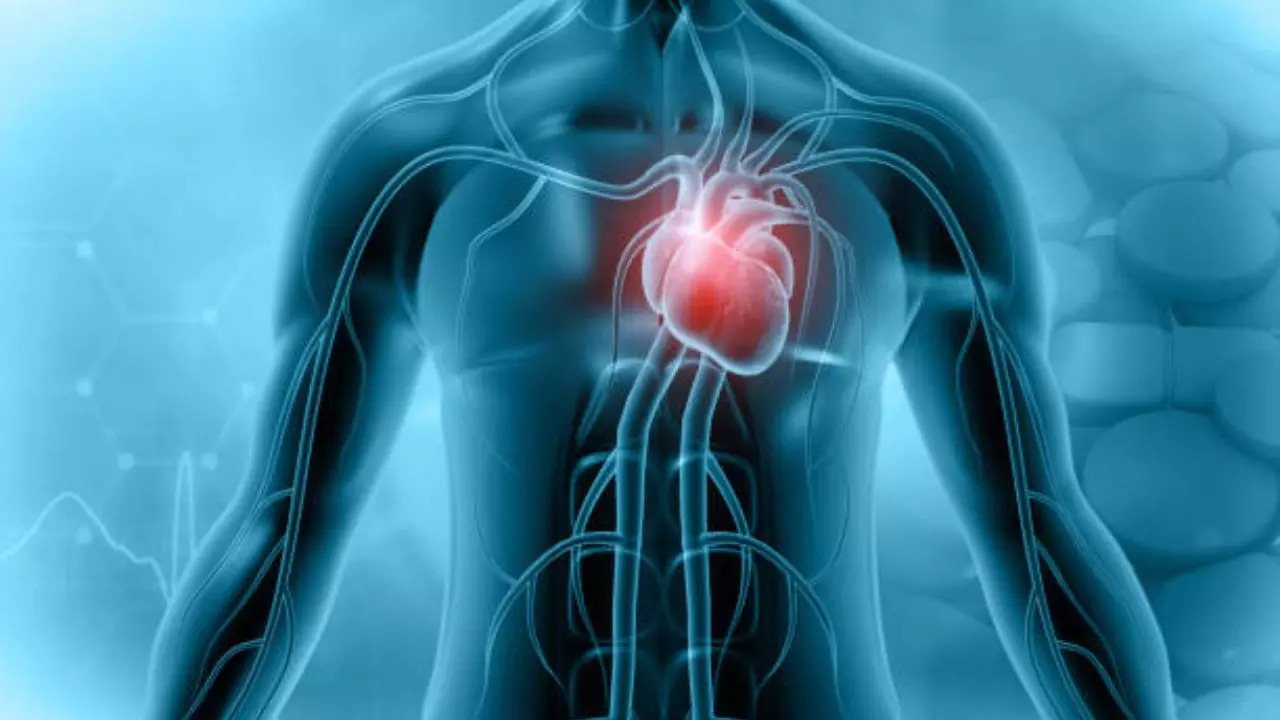In most cases, inflammation occurs due to ischemic heart disease, which is the leading cause of death worldwide.
Scientists have discovered a new inflammatory mechanism in the heart after a heart attack, driven by stressed cardiomyocytes, which they say is surprising. The identification, they say, may lead to many breakthroughs and unconventional therapies aimed at preventing heart failure by treating mechanical stress and detecting DNA.
Inflammation is mainly caused by ischemic heart disease, which is the leading cause of death worldwide. According to experts, it causes a heart attack in which the heart muscle dies due to the lack of availability of blood from the coronary arteries. The inflammation caused by this leads to changes in the entire structure of the heart, which eventually leads to heart failure.
However, anti-inflammatory drugs have not been effective in preventing the disease and are therefore not routinely used in post-heart attack treatment. However, according to researchers at the University of California, San Diego, the most potent molecular and cellular targets for combating inflammation may not yet have been discovered.
Discovery of a new inflammatory mechanism
Dr. Kevin King, associate professor of bioengineering and medicine and a cardiologist at the Sulpizio Cardiovascular Center, has reported the discovery of a new mechanism of cardiac inflammation that may help expand therapeutic opportunities to prevent heart attacks from progressing to fatal heart failure.
The study, led by Dr. King, was published in the journal Nature, The team was surprised to find that the proinflammatory response of type I interferon, or IFN, was activated not in the infarct where immune cells were concentrated, but in the border zone surrounding the infarct.
According to the researchers, inflammation after a heart attack is classically attributed to professional immune cells such as neutrophils and macrophages that infiltrate the infarcted heart and respond to molecules in the remains of dying cells.
“The border zone has been a fascinating yet understudied area of the infarcted heart. It is where surviving cardiac muscle cells attempt to stabilize and even proliferate after disconnecting from their dying neighboring cells. Unfortunately, the border zone has proven to be a difficult region to study because it is not easily isolated from the rest of the heart,” said Dr. King.
The researchers said they overcame the hurdle using recently reported methods based on single-cell RNAseq and spatial transcriptomics, where border zone cells are recognized based on their gene expression patterns.
Cardiomyocytes are dominant initiators of the border zone.
According to Dr. King, his team determined that cardiac muscle cells, known as cardiomyocytes, are the dominant initiators of IFN signaling in the border zone, allowing for the escape of nuclear DNA and detection by cytosolic DNA sensors, leading to activation of IFN signaling. This causes mechanical weakening of the cardiac wall and makes it vulnerable to dilation, thinning, and rupture.
“In the hospital, we care for patients with heart attacks and heart failure every day. Finding new therapeutic targets for myocardial infarction with the potential to prevent the development of heart failure is incredibly important,” said Dr. King.
Disclaimer:
The information contained in this post is for general information purposes only. We make no representations or warranties of any kind, express or implied, about the completeness, accuracy, reliability, suitability or availability with respect to the website or the information, products, services, or related graphics contained on the post for any purpose.
We respect the intellectual property rights of content creators. If you are the owner of any material featured on our website and have concerns about its use, please contact us. We are committed to addressing any copyright issues promptly and will remove any material within 2 days of receiving a request from the rightful owner.

